You haven’t lived until you’ve eaten eggs laid just a few minutes ago.
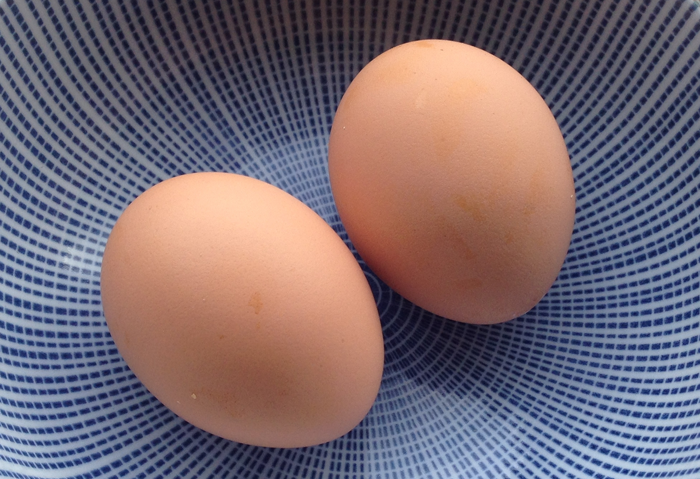

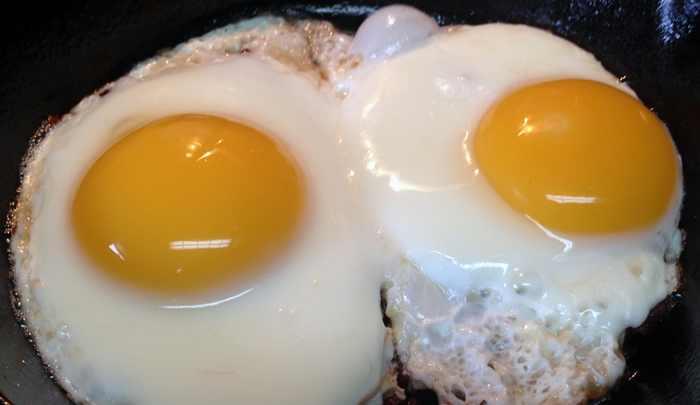
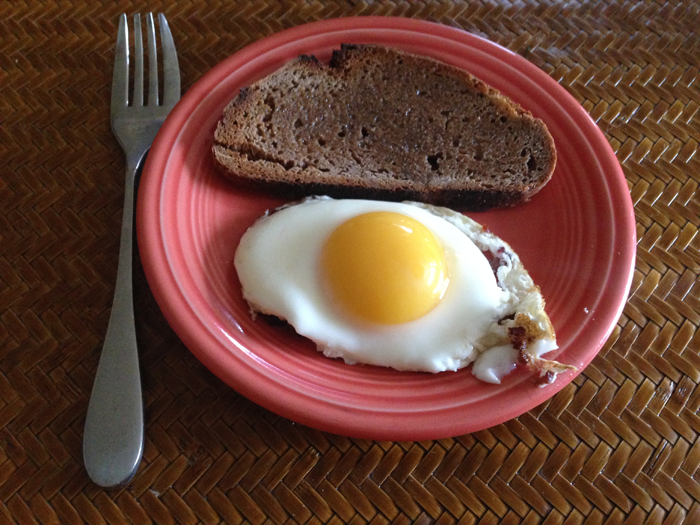


Category: Happiness
-
Fresh Eggs
-
Making Tofu
What does making tofu have to do with raising chickens? Nothing directly, except that chickens love homemade tofu as much as I do. They also go nuts over okara, a byproduct of making tofu. So do the dogs. Okara is the soybean solids left after squeezing out the soymilk. The soymilk is what is used for making tofu, but okara is an incredible food on its own. It makes fluffy, moist muffins, delicious pancakes and waffles, mixed with ground beef it makes mouthwatering croquettes, or is delicious on its own with a little ginger and soy sauce.
The basics of making tofu are crushing soybeans into a slurry, bringing the slurry to boil, squeezing out the soy milk, heating the soy milk, adding nigari to the soy milk to make it curdle, and then pressing the resulting curds into a block.
I recently learned that a farm on San Juan Island, San Juan Island Sea Salt, is making salt from sea water, and when I heard that, I knew that they also had to be making nigari because nigari is a byproduct of making sea salt. Basically, nigari is what is left when you take the salt out of seawater. It is also called bittern, and is mostly magnesium chloride. Nigari is very bitter. When you taste it, it is so bitter it feels like you are stabbing your tongue with needles. And yet, with their nigari, I detected a sweetness behind the extreme bitterness.
San Juan Island Sea Salt was very gracious to send me a sample of their nigari. When the sample arrived Saturday morning, I made a batch of tofu in the afternoon and was very pleased with the result. Their nigari is a wonderful product and it’s great to know I have a local source for nigari. The pictures below are ones I took of the process when I made tofu this afternoon. If you need more detailed information about making tofu, feel free to contact me.
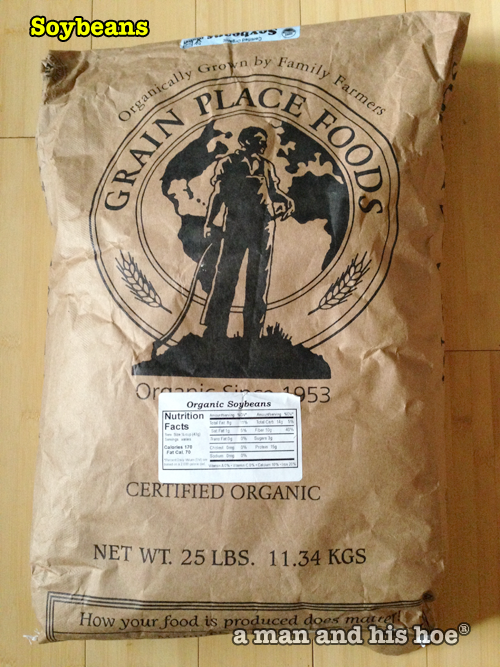


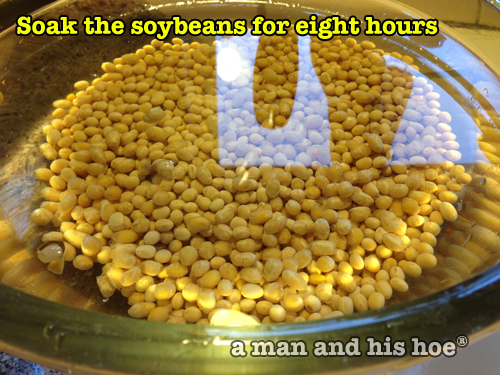
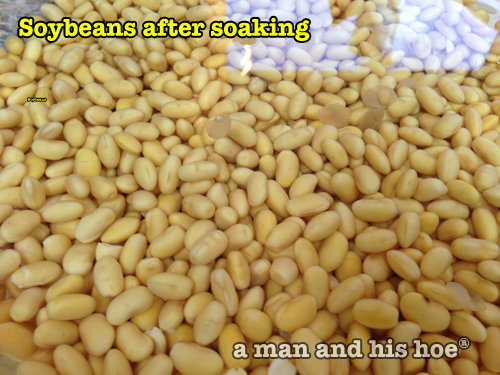

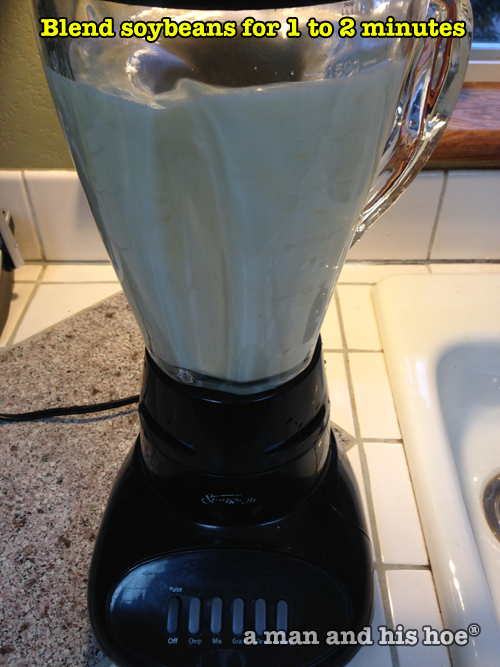

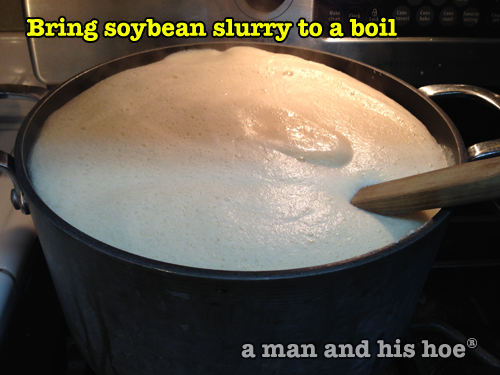
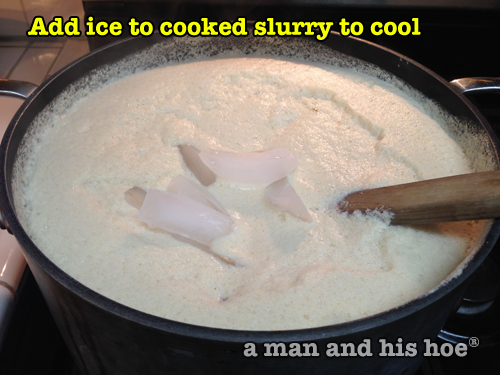
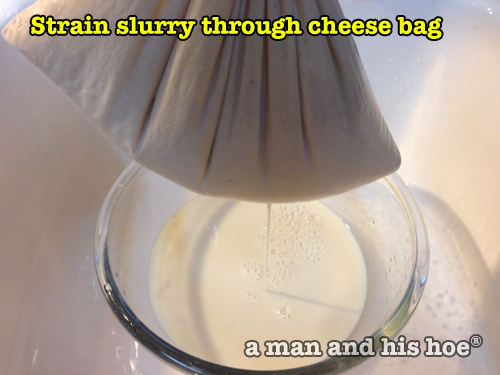

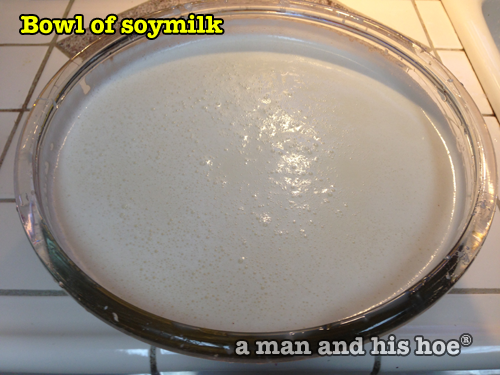
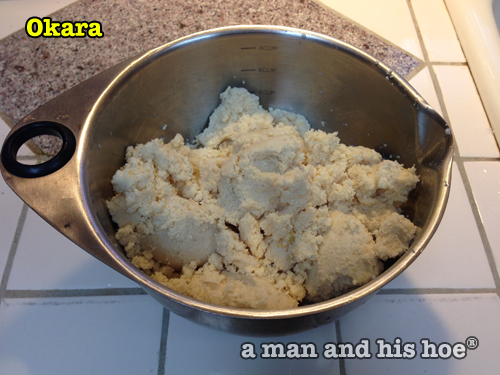
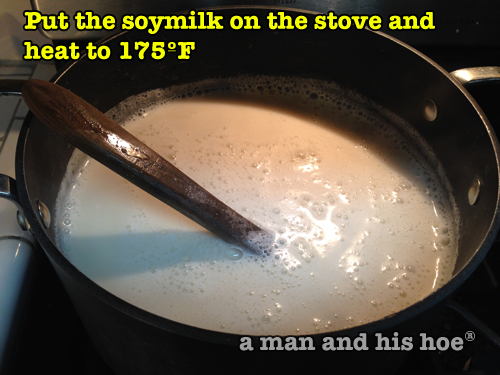


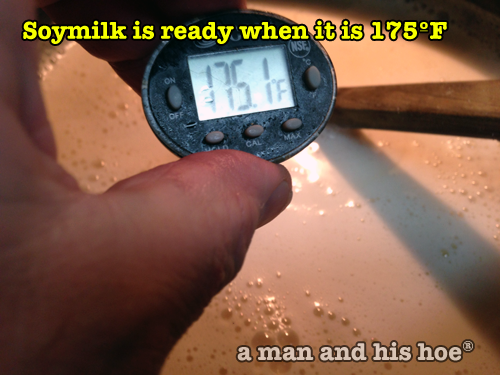
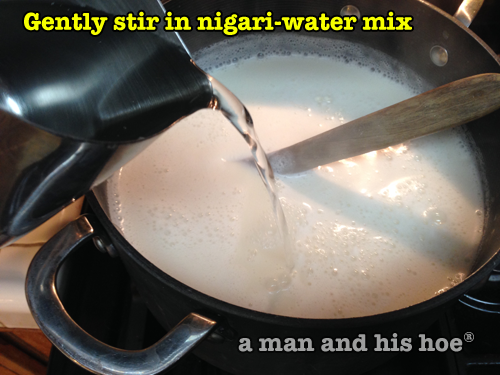
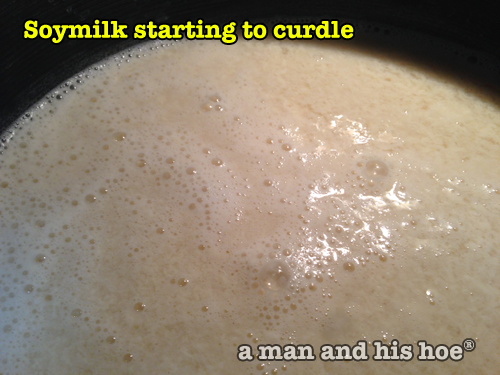

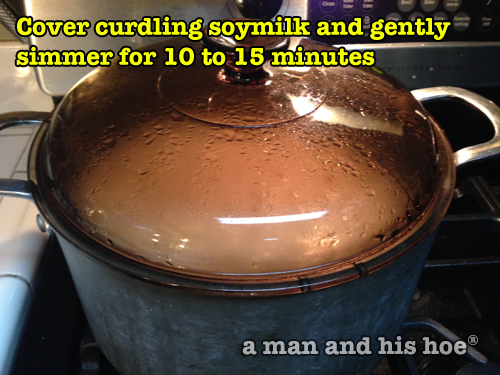
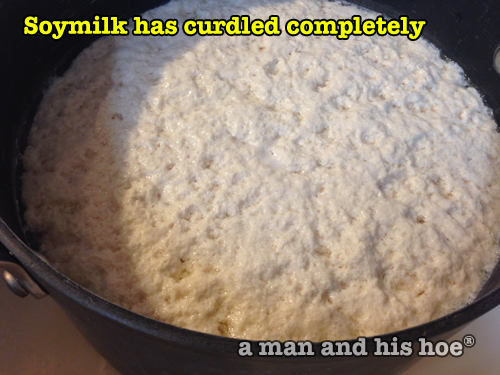
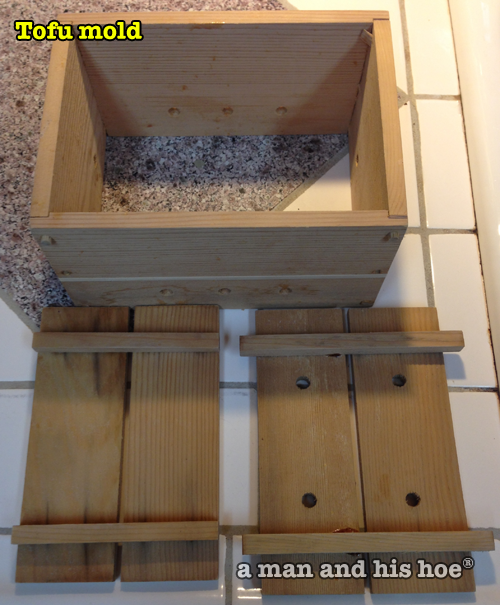

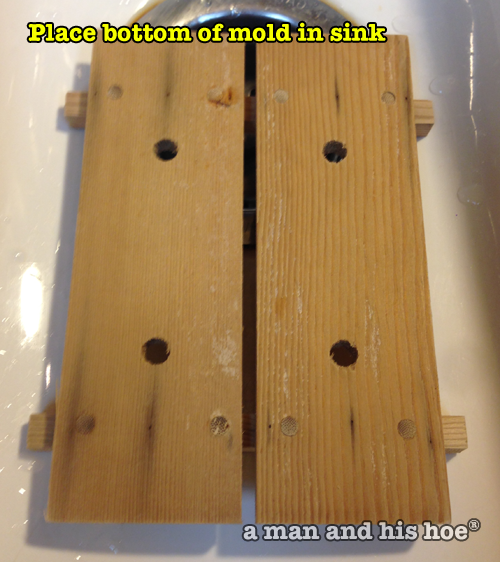
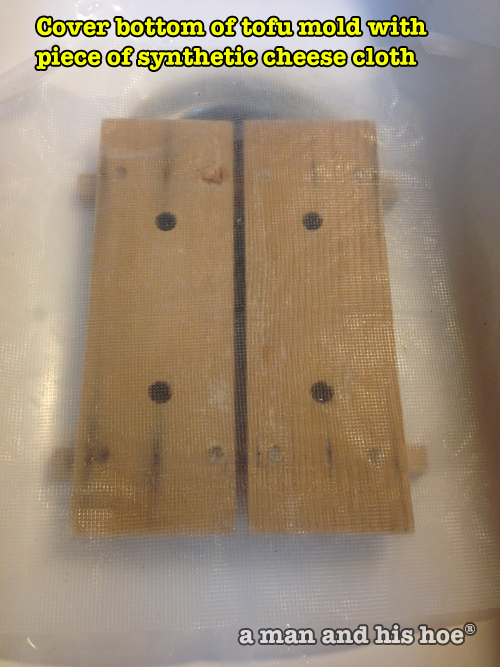
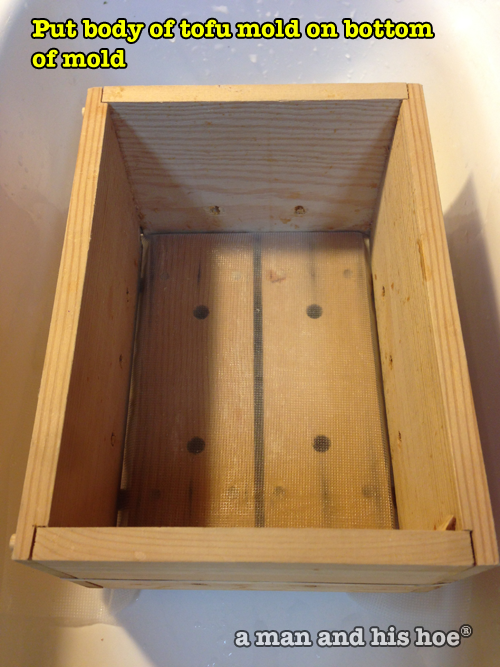

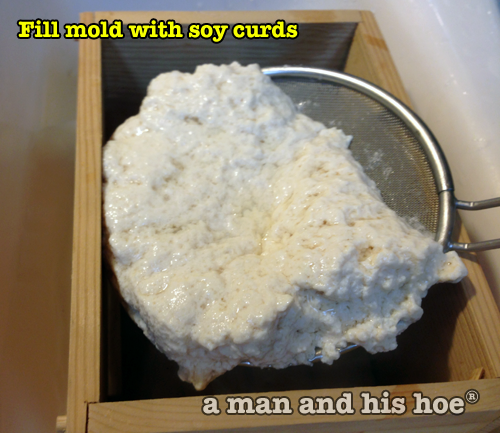
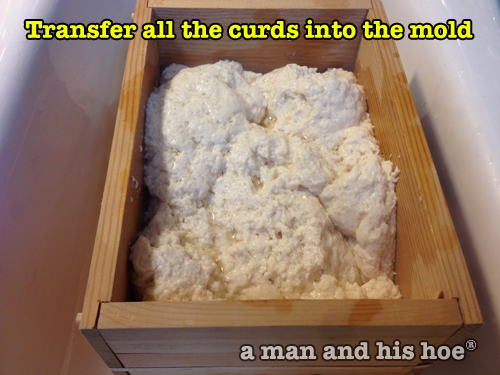



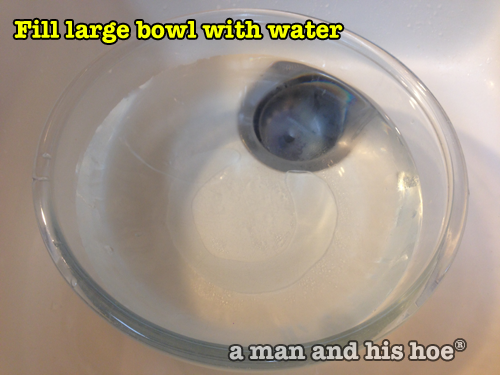

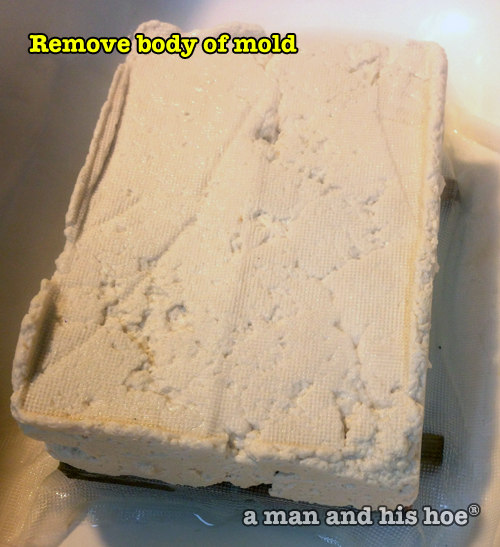
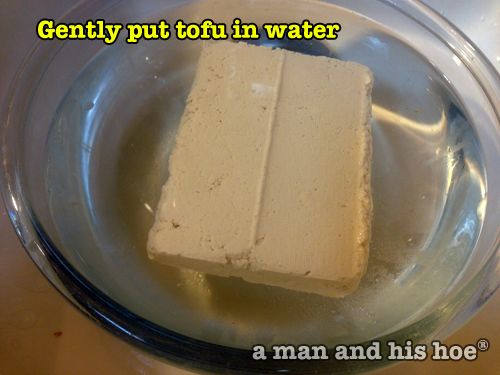
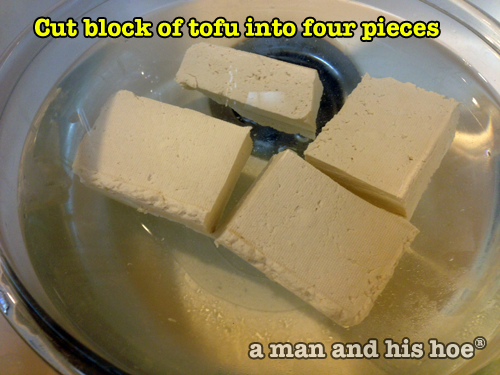

Things to watch out for:
- If possible, use pure non-chlorinated water to soak the beans and make the slurry. Not an easy thing to do if you have public water. If you have a well with good water, count yourself lucky.
- When bringing the crushed soy slurry to a boil, stir occasionally, and pay very close attention as it nears boiling as it expands greatly and will easily boil over.
- Don’t boil the soy slurry mix long, a few minutes at most. If you boil it for a long time, it will not curdle as well – at least that has been my experience.
-
A Chick Grows Up

A Chick Grows Up
Words lack the capability to describe the love and care a mother hen showers on her chicks. You have to see it to understand how important mother hens are to chicks. Born at the end of November, the chick at 2 and a half months of age is nearly halfway to becoming an adult. At times, she ventures out on her own, but she still spends much of the day with her mother, and roosts with her at night. This is what humanely raised chicken looks like. The chick is 13 weeks old now. You can scarcely find a chicken that has enjoyed life so long in your supermarket. You certainly won’t find any that have had the joy of being raised by a mother. At a man and a hoe, that is the only kind of chicken I raise.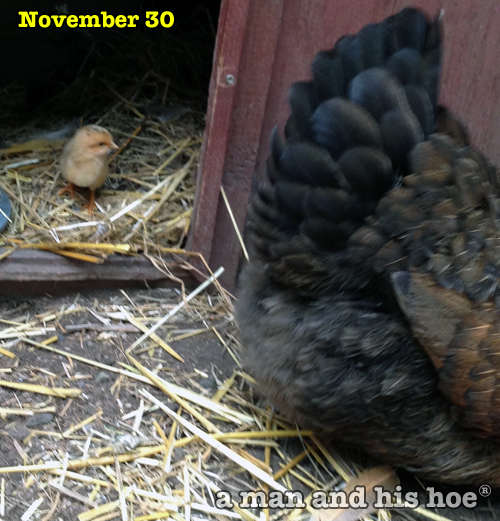
November 30, 2013 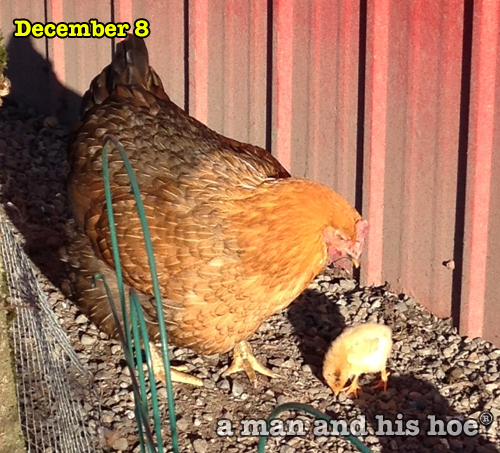
December 8, 2013 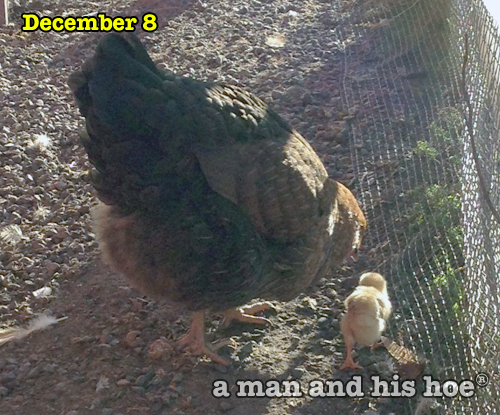
December 8, 2013 
December 10, 2013 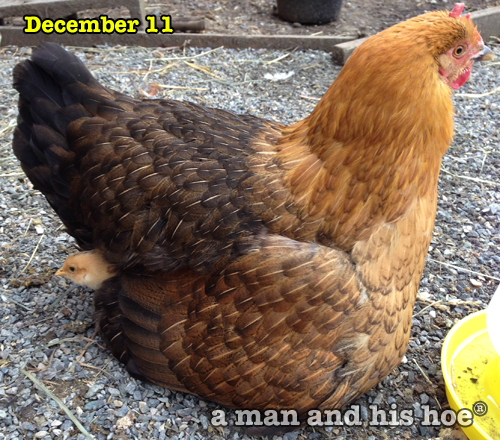
December 11, 2013 
December 18, 2013 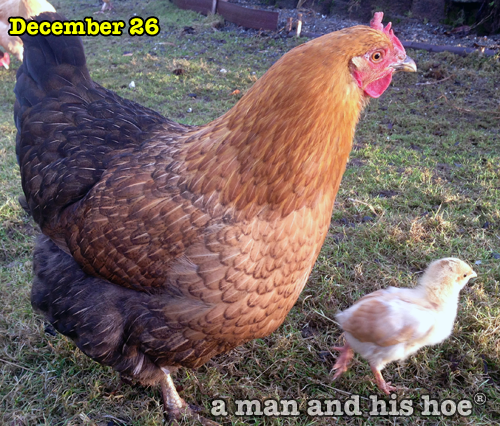
December 26, 2013 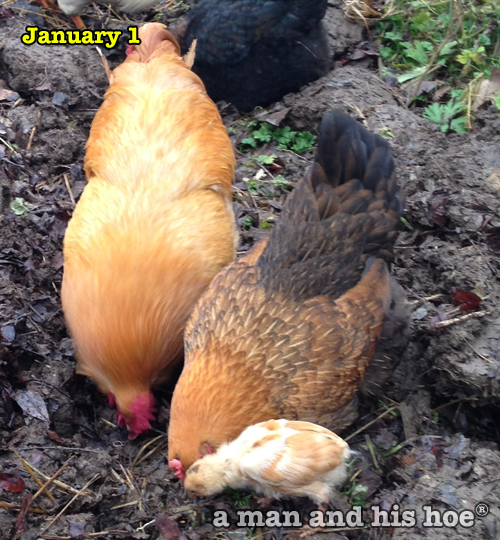
January 1, 2014 
January 11, 2014 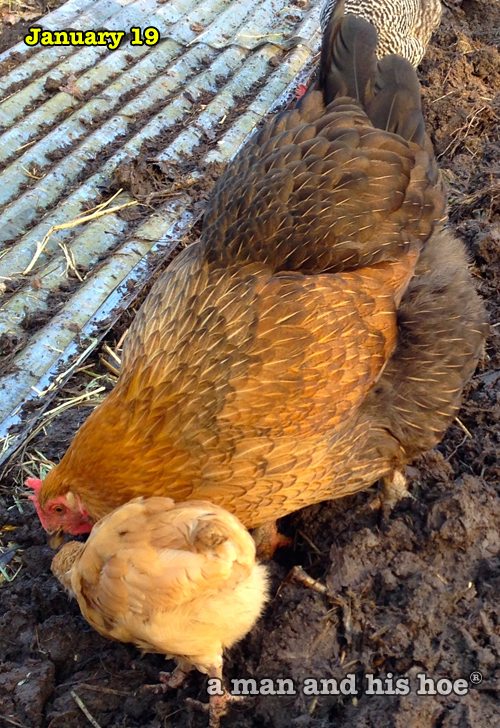
January 19, 2014 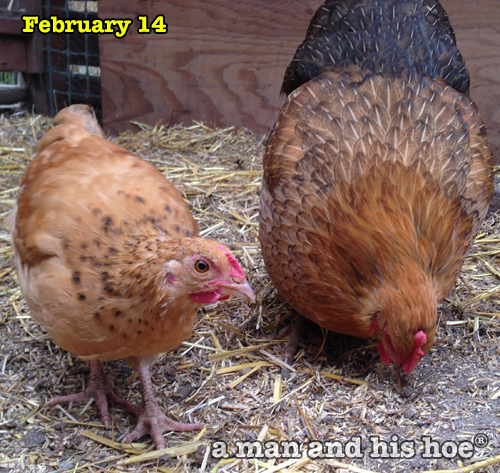
February 14, 2014 
February 14, 2014 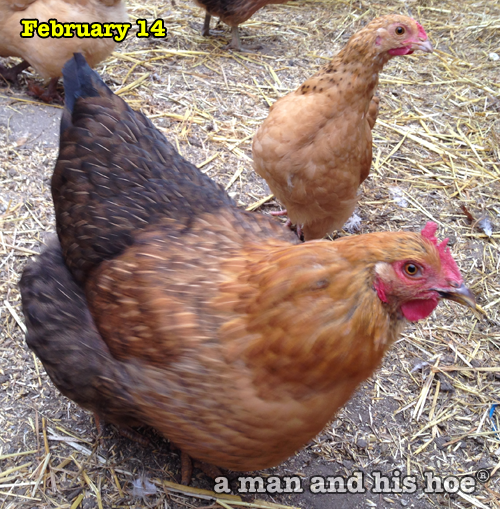
February 14, 2014 -
Edison Bird Festival
[wpvideo or95gIL8]
It’s early February – time for Edison’s Annual Bird Festival in the one and only village of Edison, Washington.
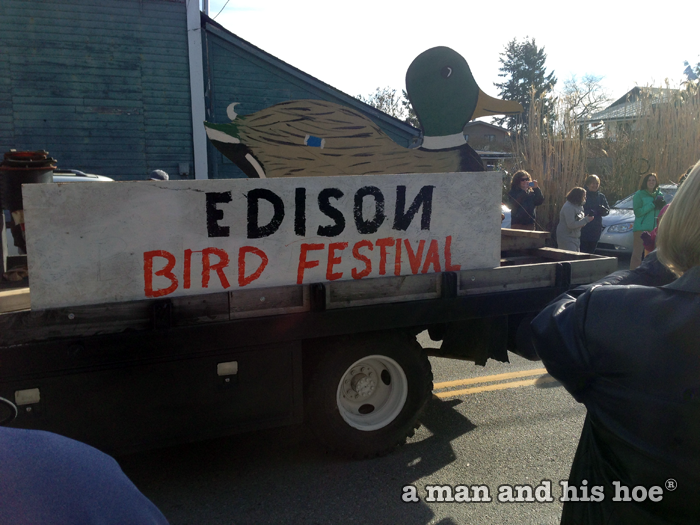
Edison Bird Festival
Where else in the world is there a festival which rollerbladers dressed as chickens racing down the main drag? It’s a short two and a half block long race and what a blast.
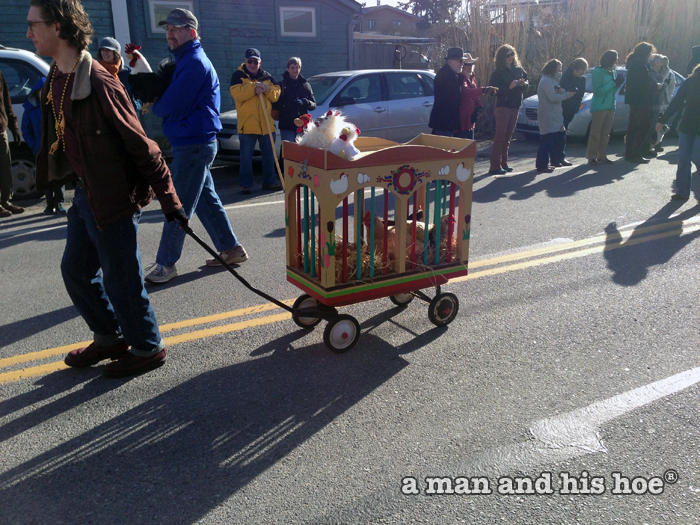
Edison Bird Festival
After the race, it’s time for the “Be the Chicken!” Chicken Parade. Many people bring their chickens and walk them, carry them, pull them in carts through town.
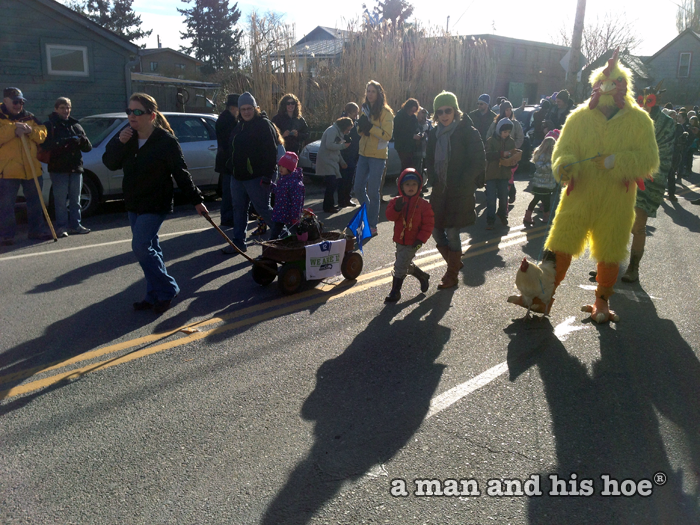
Edison Bird Festival
It was cold, clear day, perfect weather for a winter festival. If you missed it this year, make plans now to be in Edison next February.
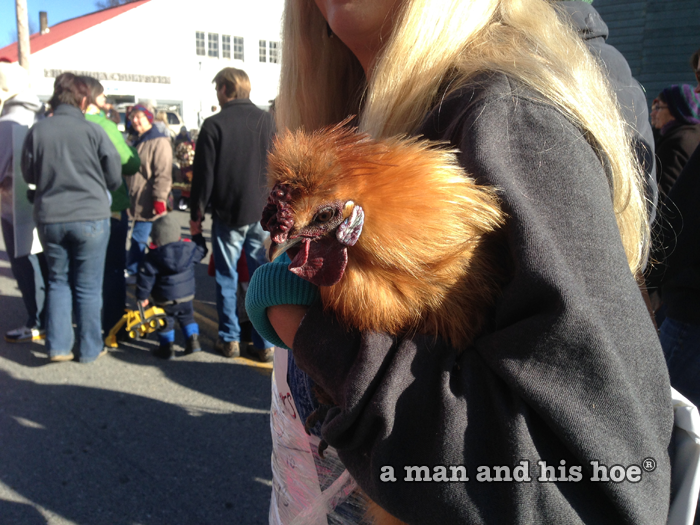
Edison Bird Festival